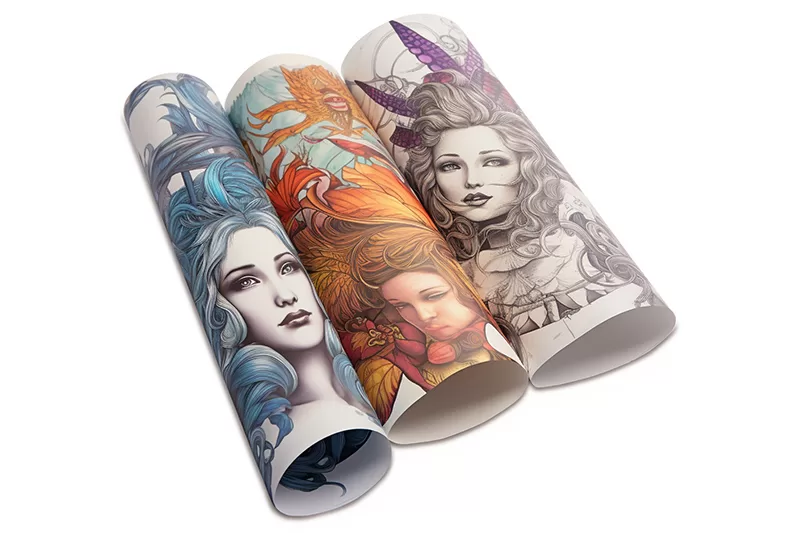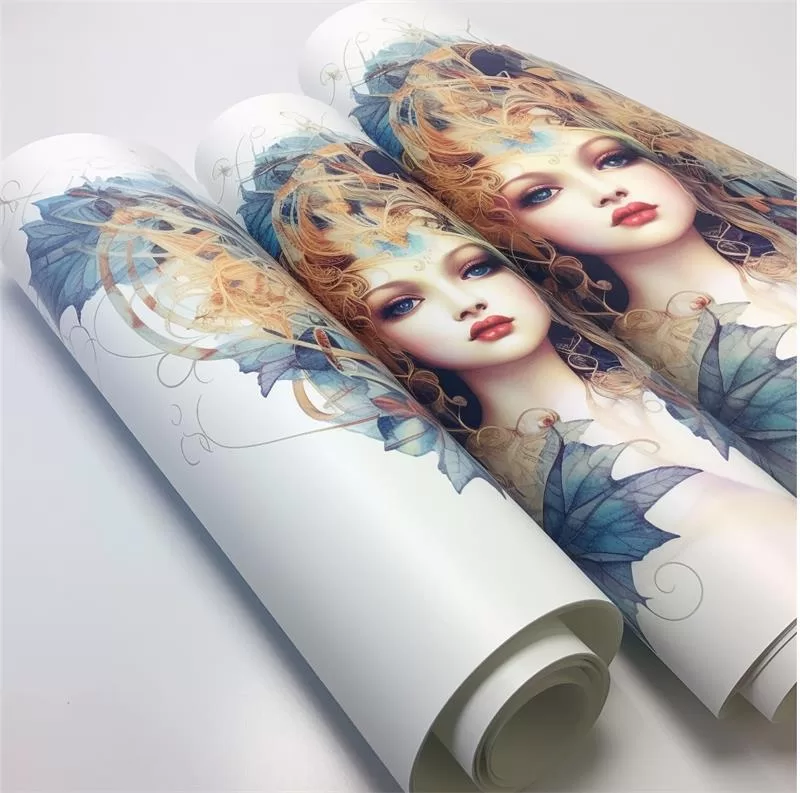Transform Your Creativity with the DTF Transfer Paper!
The world of custom printing is constantly evolving, and one of the latest innovations is DTF transfer paper. This new technology allows for high-quality printing on a wide range of materials, including cotton, polyester, and even leather. In this article, we'll explore the benefits of DTF transfer paper and provide tips for successful application.

What is DTF Transfer Paper?
DTF transfer paper is a type of transfer film that uses a special powder adhesive to transfer ink onto fabrics or other surfaces. The process involves printing the design onto the DTF transfer paper using an inkjet or laser printer, then pressing the transfer paper onto the fabric using a heat press. The heat activates the adhesive, which then bonds the ink to the fabric.
Benefits of DTF Transfer Paper
One of the biggest advantages of DTF transfer paper is its versatility. It can be used on a wide range of fabrics, including cotton, polyester, and even leather. This makes it a great option for creating custom t-shirts, hats, bags, and more.
Another benefit of DTF transfer paper is its ability to produce high-quality and detailed designs. Because the ink is transferred onto the fabric using a powder adhesive, the resulting image is vibrant and sharp. This makes it a great option for creating custom apparel with a professional look and feel.
DTF transfer paper also allows for greater color accuracy than traditional transfer methods. Because the ink is printed onto the transfer paper first, you have more control over the colors and can achieve a wider range of hues and shades.

Tips for Successful Application
While DTF transfer paper is easy to use, there are some tips and tricks you can follow to ensure successful application.
First, make sure you're using the right type of transfer paper for your printer. Some DTF transfer papers are designed for use with inkjet printers, while others are designed for use with laser printers. Make sure you're using the right type of transfer paper for your printer.
Next, make sure your design is properly mirrored before printing. This is especially important if you're using text or a design with words. Mirroring your design ensures that it will be transferred onto your fabric in the correct orientation.
When it comes to application, make sure you're using the right pressure and temperature settings for your heat press. Follow the manufacturer's instructions for your specific transfer paper and fabric type.
Finally, be patient when removing the transfer paper. Wait until the transfer paper has cooled completely before peeling it off. This will ensure that your design stays in place and doesn't lift or wrinkle.
In conclusion, DTF transfer paper is a versatile and easy-to-use material that allows you to create custom apparel with high-quality and detailed designs. Whether you're creating t-shirts for a family vacation or designing merchandise for a small business, DTF transfer paper is a great option to consider. Just follow these tips for successful application and you'll be creating custom apparel in no time!
